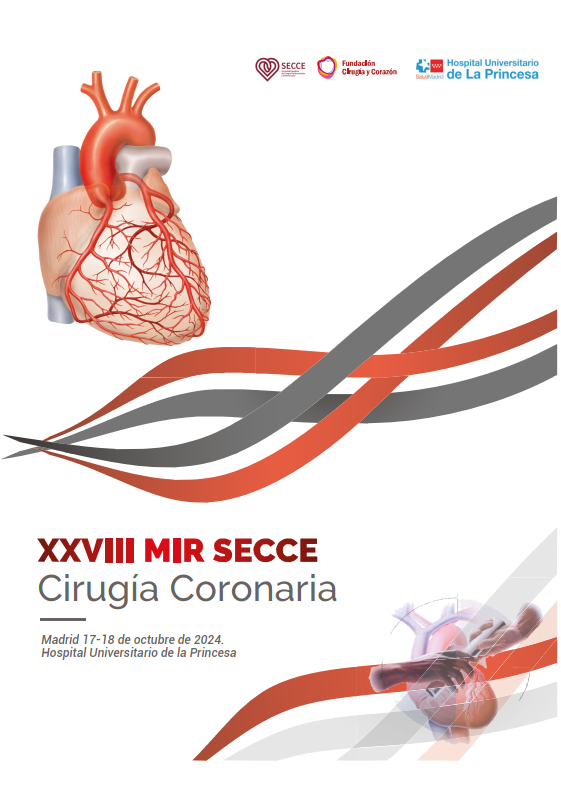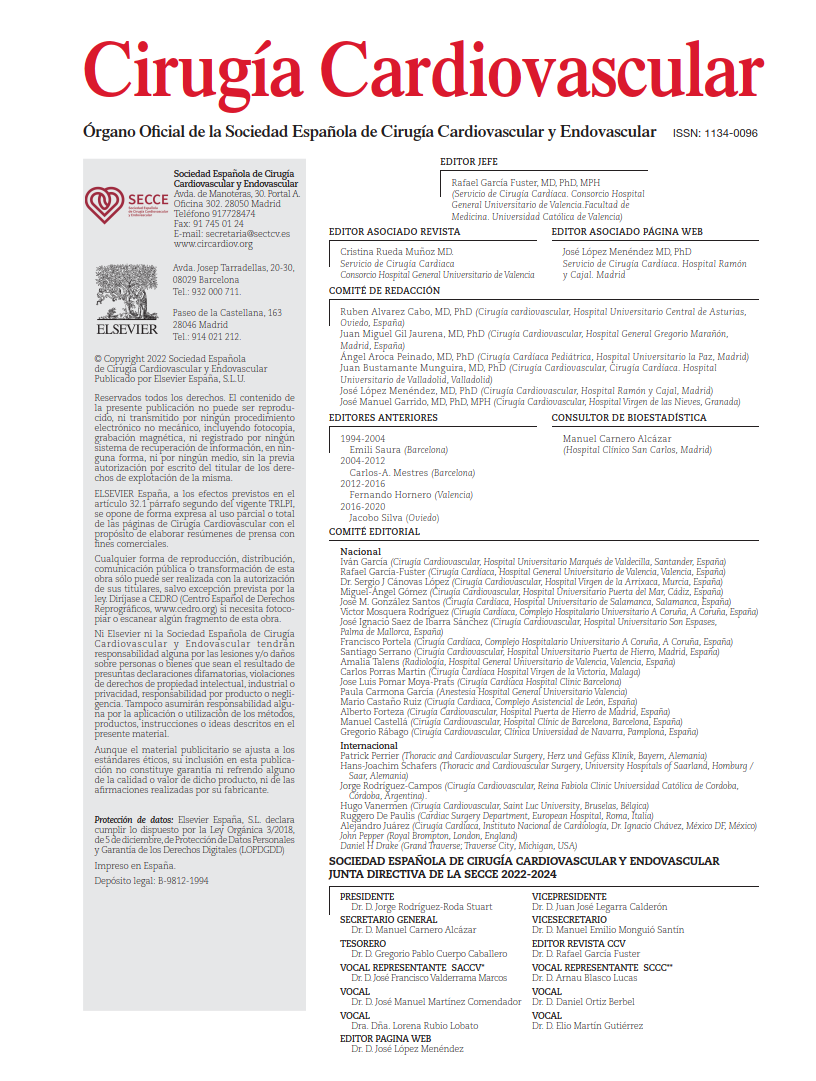We are in the Lenten season, a time of reflection that leads to the first real break of the year—Holy Week. During this period, we came across the publication of this meta-analysis which, far from being original, aims to keep fueling the “passion” that still surrounds the debate between percutaneous and surgical treatment of aortic stenosis in low-risk patients.
As previously noted, the analysis was performed using a basic meta-analytic approach—both at the study and patient level—focusing on all-cause mortality and stroke across the six major published trials to date: UK-TAVI, PARTNER 3, Evolut Low Risk, NOTION, DEDICATE, and NOTION 2.
In an exercise of impartiality (which we would have liked to see reflected in the authors’ interpretation), and based on a total of 5,341 enrolled patients (2,717 randomized to TAVI and 2,624 to surgery), the following conclusions were drawn:
- At 5 years, TAVI showed a 20% relative reduction in all-cause mortality (HR = 0.80; p = .02) compared with surgery.
- At 5 years, TAVI was associated with a 19% reduction in the composite endpoint of all-cause death and stroke (HR = 0.81; p = .01) versus surgery.
- At 5 years, there was no significant difference in stroke rates between TAVI and surgery (HR = 0.97; p = .80).
These findings were presented with an unusual degree of transparency, including forest plots (study-level meta-analyses) using both fixed and random effects models, and Kaplan-Meier curves (patient-level meta-analysis), the latter being the source of the main results. While it is acceptable to present different methods of meta-analysis, each with its own strengths and limitations, it seems both redundant and unjustified to report all analyses and then rely only on those that yield the most favorable outcomes—coincidentally, in this case, the more robust patient-level analysis.
Based on these findings, the authors highlight the benefits of TAVI in terms of mortality and the composite endpoint at 5 years in low-risk surgical candidates.
COMMENTARY:
“Before the rooster crows, you will deny me three times.” In much the same way, before concluding this commentary, we will outline the three denials that undermine the conclusions drawn by the authors of this study:
- The results are not truly 5-year outcomes.
The conclusions rely on a statistical maneuver in the patient-level analysis that aggregates events over time. In reality, three of the six included studies only report 1-year follow-up data (UK-TAVI, DEDICATE, and NOTION 2), while PARTNER 3 and Evolut Low Risk provide results up to 5 years or less. The classic NOTION trial, with 10-year outcomes, is the only one that lifts the mean follow-up duration to 35.7 months—less than three years. This heterogeneity in follow-up duration invalidates any study-level meta-analysis. Indeed, as seen in the Kaplan-Meier curves, which show a trend toward crossover around year 5, the inclusion of trials with shorter follow-up (the majority) merely reinforces whichever strategy shows early advantages. In other words, the hazard ratio (HR) is not constant over time, but rather tends to approach 1 around the crossover point—classically between years 2 and 5 post-procedure in TAVI versus SAVR comparisons—before rising thereafter. - Not all patients come from trials specifically designed to assess low surgical risk.
Firstly, since some have advocated for abandoning surgical risk assessment in favor of age alone as the primary criterion (mistakenly, in our view), one might question the relevance of revisiting this classification. More importantly, the NOTION trial enrolled an “all-comers” population at a time when the management of intermediate-risk patients was still unclear. As a result, although the average surgical risk ended up falling within the low-risk range, this was not the original study intent. - Only one of the outcomes potentially favors TAVI—not two.
Validating an additional result—namely the composite endpoint of death and stroke—on the basis of one component (stroke) that fails to reach independent significance lacks justification. In this case, following the initial penalty associated with surgery, the Kaplan-Meier crossover occurs even earlier, around 24 to 36 months post-procedure. Greater effort should have been devoted to analyzing, or at least discussing, the underlying causes of the observed accumulation of cerebrovascular events following TAVI. Needless to say, as established in the previous point regarding the non-constant HR over time, any study-level meta-analysis is formally invalid under these circumstances.
Being fully aware of the critical nature of this commentary—and without any intention of proposing amendments—I have nonetheless attempted to make it a constructive exercise in transparency. One notable statement made by the authors stands out amid the excess, sounding like a non-requested excuse, hence a manifest accusation: “the results may change as longer-term follow-up continues. The presented data are informative for low-risk patients and their clinicians, but new randomized studies and long-term follow-up are needed, particularly in younger patients.”
Ultimately, and in keeping with our tradition of questioning biased literature, all we can do is forgive those who, in this case, undoubtedly know exactly what they are doing.
REFERENCE:
Reddy RK, Howard JP, Mack MJ, Reardon MJ, Jørgensen TH, Hørsted Thyregod HG, et al. Transcatheter vs Surgical Aortic Valve Replacement in Lower-Risk Patients: An Updated Meta-Analysis of Randomized Controlled Trials. J Am Coll Cardiol. 2025 Mar 11;85(9):926-940. doi: 10.1016/j.jacc.2024.12.031.



